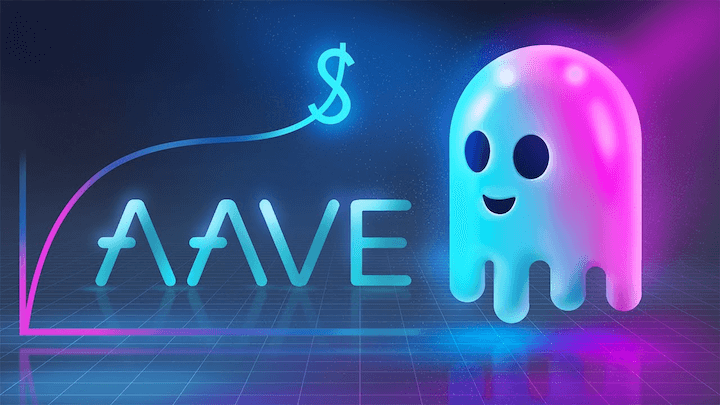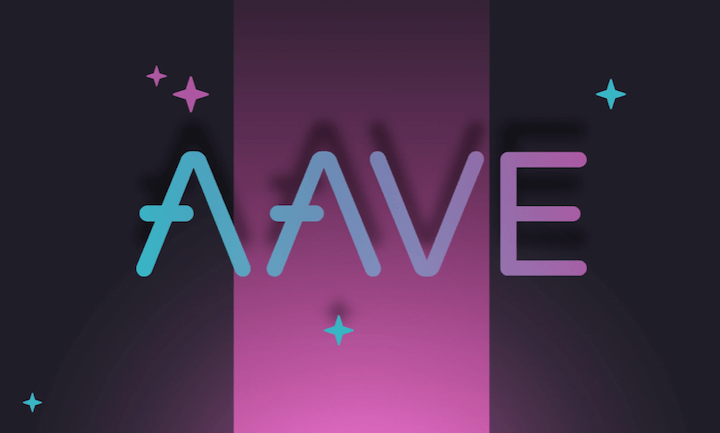
Recently, the decentralized finance (DeFi) ecosystem has witnessed significant growth, revolutionizing how we interact with financial services. One of the prominent platforms driving this expansion is Aave Ethereum V2, which has played a crucial role in providing users with lending and borrowing capabilities within the Ethereum network.
However, amidst its success, the platform faced a potential threat due to vulnerabilities in the Curve Finance protocol. Aave Ethereum V2 has taken decisive action by turning off the CRV borrowing function to safeguard the system’s integrity and protect its users. This move is a proactive measure to prevent traders from exploiting the vulnerability in Curve and engaging in maliciously shorting of borrowed CRV to trigger serial liquidations.
The Vulnerability and Exploitative Risks

The recent attack on Curve Finance unveiled vulnerabilities in the project’s stablepool pools, particularly those using the Vyper 0.2.15 programming language. This exploit has raised serious concerns about the security of other Vyper protocols. Traders with malicious intent could exploit these vulnerabilities to manipulate the market and profit at the expense of other users. In particular, shorting borrowed CRV could initiate a cascade of liquidations, causing significant disruptions and financial losses for legitimate participants within the DeFi space.
Aave Ethereum V2’s Response
As a responsible and forward-thinking platform, Aave Ethereum V2 took swift action to address the potential risks posed by the exploit on Curve Finance. By temporarily turning off the CRV borrowing function, the platform aims to curb the potential for malicious shorting of CRV and maintain a secure and reliable lending and borrowing environment for its users. This decision demonstrates Aave Ethereum V2’s commitment to protecting its user base and upholding the highest security standards and integrity.
Data Insights on CRV Supply and Borrowing
The latest available data shows that the Aave Ethereum V2 version holds an impressive supply of over 300 million CRV tokens. Notably, around 95% of this supply comes from the CRV founder, Michwill’s holdings, showcasing the founder’s confidence in the Aave platform. However, despite the vast supply, Aave Ethereum V2 has only seen approximately 35 million CRV tokens being borrowed so far. This relatively low borrowing activity could be attributed to Aave’s cautious and prudent approach to risk management, ensuring that the platform remains resilient against potential vulnerabilities.
Conclusion
The move by Aave Ethereum V2 to turn off the CRV borrowing function to prevent Curve vulnerability exploitation demonstrates the platform’s dedication to safeguarding its users and maintaining the stability of the DeFi ecosystem. The recent attack on Curve Finance has emphasized the importance of security audits and proactive risk management in the rapidly evolving DeFi landscape. As the industry continues innovating, all protocols must prioritize security measures and ensure that users can confidently participate in DeFi platforms without undue risks.
As Aave Ethereum V2 leads the way in mitigating vulnerabilities, it sets an example for other platforms and reinforces the industry’s commitment to fostering a safe and trustworthy DeFi environment. By collectively working towards improved security measures, the DeFi ecosystem can unlock its full potential and pave the way for a more inclusive and decentralized financial future.
Before this, we reported on how Binance Withdrew Crypto License Application in Germany. Stay with us for more crypto news!

